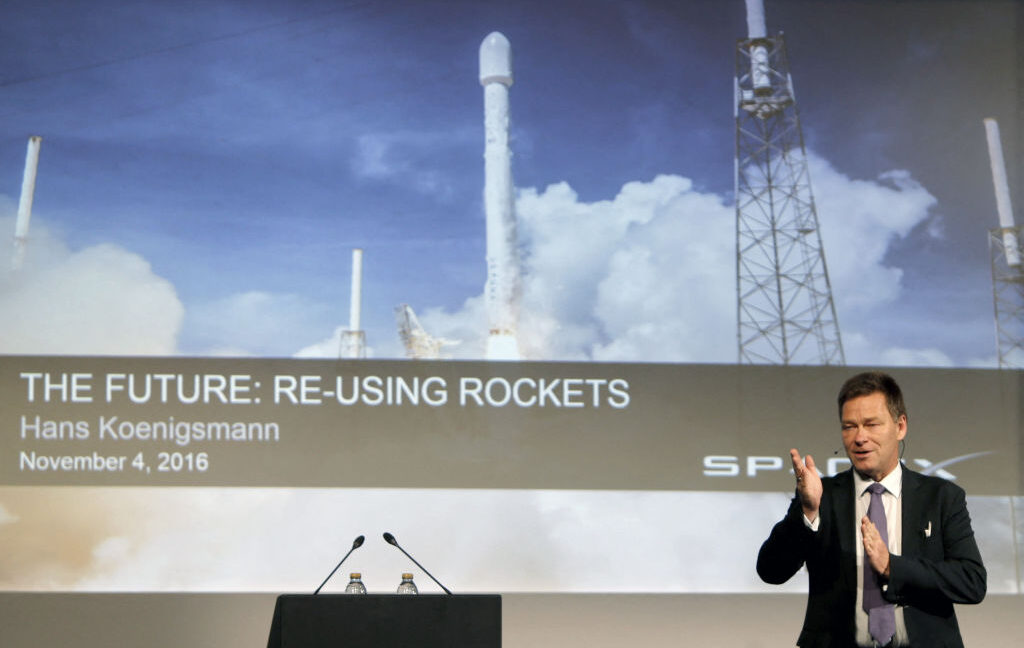| IN A NUTSHELL |
|
Astronomers are constantly seeking innovative ways to explore the universe and understand its vastness. The traditional method of using spectroscopy, while precise, has been unable to keep up with the overwhelming data produced by modern sky surveys. Recently, a team of scientists in China developed an AI model that promises to revolutionize space exploration. This groundbreaking tool has already classified over 27 million cosmic objects, marking a significant advancement in astronomical research. By leveraging artificial intelligence, researchers can now delve into extensive data sets with unprecedented speed and accuracy, uncovering patterns and rare celestial objects previously overlooked.
The Neural Network Revolution in Astronomy
The neural network developed by researchers at the Yunnan Observatories addresses a fundamental challenge in astronomy: differentiating stars, quasars, and galaxies that often appear similar in images. These celestial bodies can look alike as tiny, bright dots, especially when viewed from great distances. The AI model they created utilizes a dual-input approach, considering both the morphological features and the spectral energy distribution (SED) of objects. This allows for a more nuanced understanding of the subtle differences between various celestial objects.
By training the model on confirmed sources from the Sloan Digital Sky Survey’s 17th data release, the researchers ensured its accuracy. Testing it with images from the Kilo-Degree Survey (KiDS) further validated its efficacy. Impressively, the model successfully classified more than 27 million sources, demonstrating its potential to transform how astronomers process vast amounts of photometric data.
The AI’s reliability was further tested on datasets from the Gaia mission and the GAMA survey. In both instances, the model achieved a remarkable 99.7 percent accuracy rate in classifying stars, galaxies, and quasars. Moreover, it identified and corrected past classification errors, showcasing its potential to enhance existing astronomical databases.
Implications for Future Sky Surveys
As new sky surveys are poised to observe billions of celestial objects, the demand for rapid and accurate data processing tools has never been greater. The AI model, while not replacing traditional spectroscopy, significantly enhances the capabilities of photometric data analysis. This advancement could lead to discoveries of rare stars, distant quasars, and insights into the structural evolution of galaxies.
However, the tool is not without limitations. Its accuracy is contingent upon the quality of its training data, and its performance may vary with different surveys and instruments. The researchers are committed to refining the model to handle even fainter objects and adapt to future surveys. This development represents a promising step forward, offering astronomers a powerful tool to navigate the cosmos with greater precision.
Challenges and Opportunities in AI-Driven Astronomy
While the AI model marks a significant advancement, it also presents challenges that must be addressed. One critical factor is the dependency on high-quality training data, which affects the model’s accuracy. Variations in datasets from different surveys may lead to discrepancies in results. Additionally, the AI’s capabilities are constantly evolving, requiring continuous updates and enhancements to maintain its effectiveness.
Despite these challenges, the opportunities presented by AI in astronomy are immense. The ability to process vast amounts of data quickly opens new avenues for discovery and exploration. Researchers can now identify patterns and phenomena that were previously hidden, offering deeper insights into the universe. As technology advances, the integration of AI into astronomical research will likely continue to expand, reshaping our understanding of space.
The Future of Space Exploration
The development of AI models like the one created by the Yunnan Observatories team represents a pivotal moment in space exploration. As astronomers look to the future, the potential to explore and understand the universe more comprehensively is within reach. The AI model not only enhances the speed and accuracy of data processing but also offers the possibility of uncovering new, groundbreaking discoveries.
This advancement raises important questions about the future of space research. How will AI continue to transform our understanding of the cosmos? What new discoveries await as we harness the power of artificial intelligence in our quest to explore the universe? These questions invite us to consider the endless possibilities that lie ahead in the realm of space exploration.
This article is based on verified sources and supported by editorial technologies.
Did you like it? 4.6/5 (27)
Source link
:focal(0x0:1140x756)/static.texastribune.org/media/files/0acdd7f53d2a09ca9fd6b7316532f222/2025-08-13_Vaccines_ABACA-PRESS.JPG)

